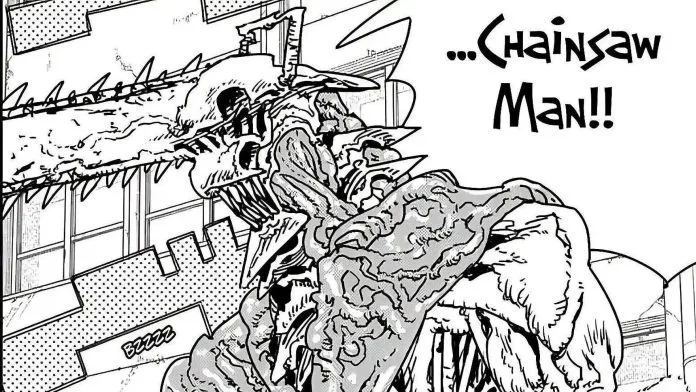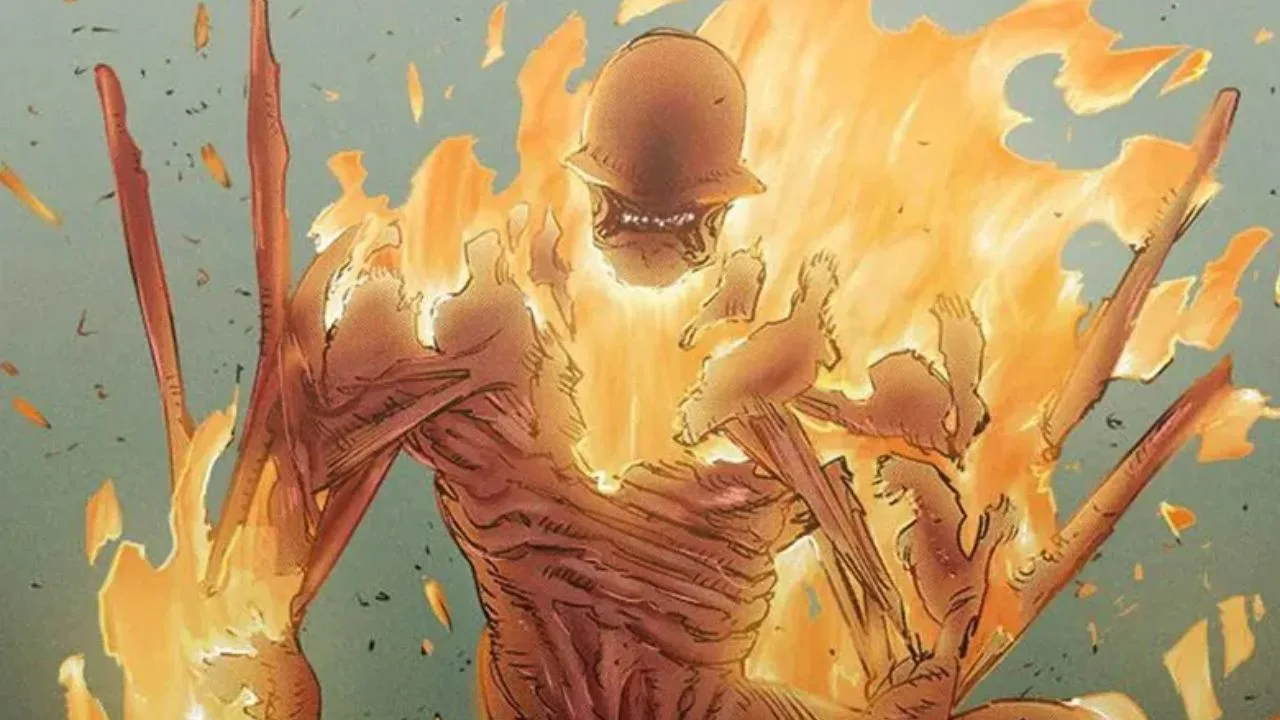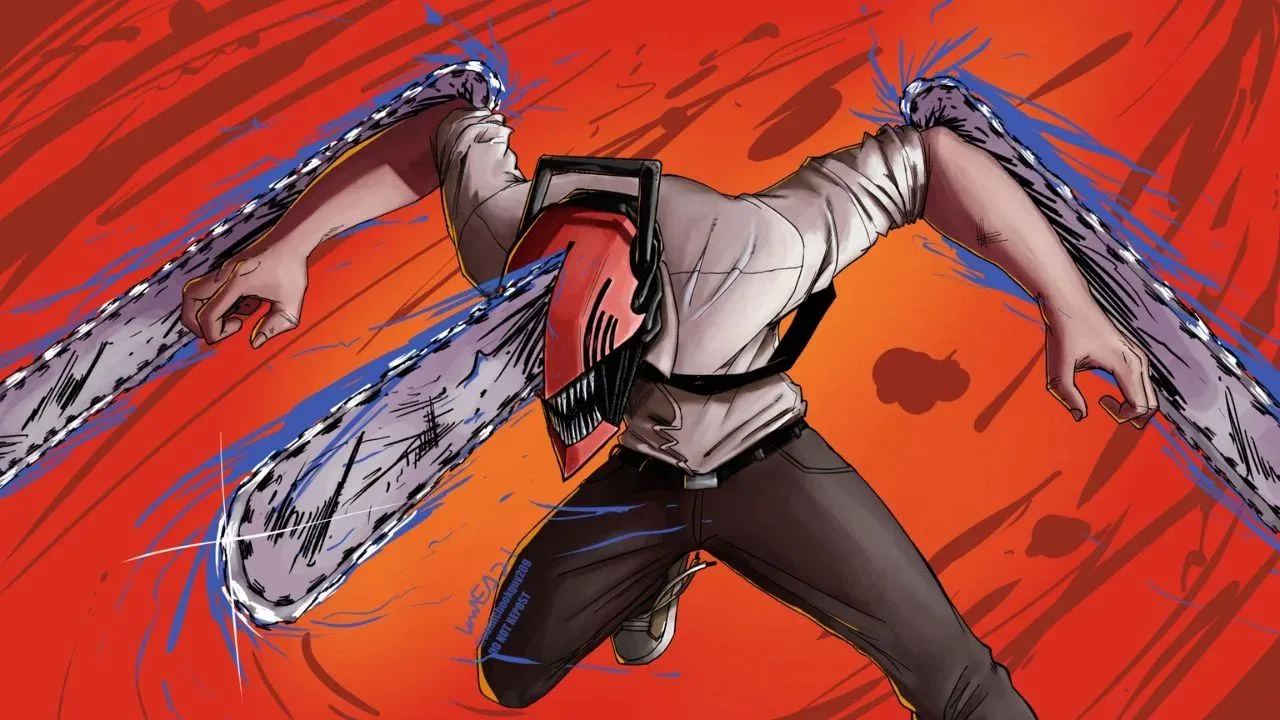Fakesaw Man is one of Chainsaw Man's most enigmatic figures. Denji's appearance has raised theories about multiple versions of the character. However, narrative and visual clues indicate that there is only a true Fakesaw Man. His presence serves as a distorted mirror of the protagonist, revealing the risks of hero worship in a desperate society.
- Boruto: Two Blue Vortex can reveal a new side of the otsutsuki clan
- One Piece: Doma Reverse and IMI Force in Chapter 1150
Tatsuki Fujimoto's creation leaves no room for coincidences. The supposed existence of several Fakesaw Men is supported by visual and behavioral changes. However, these variations reflect psychological and symbolic evolution. The construction of the character as direct counterpoint Denji gives meaning to the narrative choice of maintaining its unique identity.

The origin of Fakesaw Man reveals a distorted hero
Fakesaw Man emerges as a Chainsaw Man imitator during chaotic events in the second part of the manga. Its resemblance to Denji is not limited to the brutal look with a chainsaw head and saws in his arms. The population confuses him with the true protagonist, which generates immediate admiration.
This false identity is not born of chance. The character seeks to represent the same ideal of justice attributed to Chainsaw Man. However, without understanding the human motivations that move Denji, the imitator turns out to be just a violent reflection of what he thinks he is a hero.
In addition, the lack of emotional connection with the public and the absence of real bonds make Fakesaw Man a symbol of blind idolatry. He acts without understanding the pain or sacrifices involved in the struggle against demons, which makes him dangerous not by force but by alienation.
The connection with the fire demon and its symbolic transformation
The alliance with the fire demon is one of the most relevant tracks about Fakew Man's unique identity. Fire, traditionally linked to progress and lighting, gains new meaning when used to cause destruction and manipulation.
This partnership represents the inversion of the values that define Denji. While the protagonist establishes a sincere pact with Pochita, Fakesaw Man tries to replicate this bond with wrong motivations. The result is a grotesque transformation that reflects non -evolution, but emotional degradation.
This visual change of the character, pointed out by many as proof of multiple versions, reinforces his moral collapse. The body becomes increasingly monstrous, symbolizing the growing distance between intention and consequence. What was idealism becomes crazy, what was admiration becomes obsession.

Fujimoto avoids repeating villains to maintain narrative focus
Tatsuki Fujimoto has always avoided redundant narratives. Their stories prioritize the internal development of the characters without resorting to multiple versions to resolve conflict. The existence of only one Fakew Man follows this logic.
Creating more than one version of the same villain would weaken the central message of the plot. Fakesaw Man exists to show what happens when someone tries to be Denji without understanding his essence. There is no room for duplicity in this type of counterpoint.
Therefore, the distinct traits in some appearances of the character are marks of his personal journey. They do not represent separate entities, but phases of the same fall process. In preserving this unity, the author guarantees symbolic strength to the confrontation between him and Denji.
The final struggle is the closure of a metaphor about identity
The clash between Denji and Fakesaw Man is not just physical. It represents the shock between authenticity and imitation, between humanity and idolatry. Denji wins not because he is stronger, but for understanding who he is and what he wants.
Fakesaw Man, on the other hand, never had this self -knowledge. He tried to copy a symbol without understanding the man behind him. So it fails. His defeat encloses not only a battle, but a criticism of the empty hero worship.
The character's arc ends when its narrative function is fulfilled. It represents the error of following ideas without reflection. In existing as a single figure, it becomes a clear warning about the dangers of admiring idols without seeing their faults and motivations.
